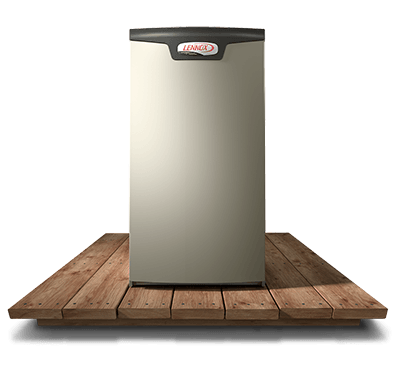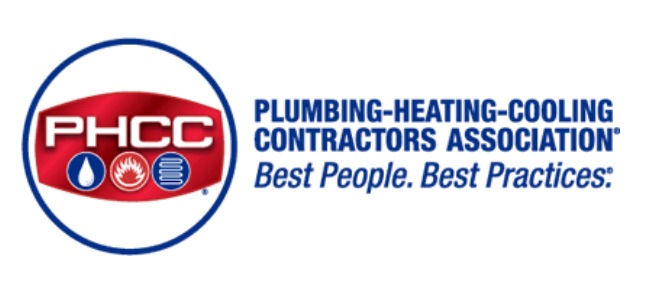Just because your furnace seems to be in good condition doesn’t mean it is. If you are a homeowner, it’s essential to take care of it and do everything you can to ensure it lasts as long as possible. Several factors can negatively impact your furnace’s lifespan, some of which you might be able to control, while others are simply unavoidable. Here are factors that can negatively affect your furnace.
Poor Maintenance
A furnace is a long-term investment that can keep your home comfortable for many years. But like any machinery, it requires regular maintenance to stay in good working order. Over time, parts will wear out and need to be replaced, and the buildup of dust and dirt can also impede the working of the system’s components and the whole furnace’s performance.
Neglecting to maintain your furnace correctly will shorten its lifespan and lead to costly repairs. To keep your furnace running smoothly, be sure to have it serviced regularly by a qualified technician.
Frequent Use
Like any appliance in your home, your furnace has a limited lifespan. One of the most common factors that reduce the lifespan of your furnace is frequent use. If you heat your home daily, your furnace will inevitably wear out more quickly than if it is only used occasionally. This is because over time furnaces develop problems such as cracked heat exchangers and worn-out motors that can prematurely terminate their operation. Consequently, the frequency with which you turn on the system helps determine the measures that should be taken when you routinely maintain it.
Age
Constantly using an old furnace can shorten its brief remaining lifespan even further. While an old furnace may still be able to heat your home, it is much less efficient than a newer model and will need to work harder to maintain a comfortable temperature. This increased strain can lead to parts wearing out prematurely and ultimately causing the equipment to break down completely.
In addition, old furnaces are more likely to develop safety issues, such as carbon monoxide leaks. As a result, it is always best to replace an old furnace with a new one before it reaches the end of its useful working life.
Wrong Size
When purchasing furnace systems for their homes, people often consider only factors such as specific brands and models while neglecting the size. Choosing the wrong size of furnace for the space it is meant to heat can negatively affect its lifespan. If a furnace is too small, it will have to work harder to warm the area, which can cause more rapid wear and tear on the integral components.
Conversely, if a furnace is too large, it will cycle on and off more frequently, also leading to premature wear and tear. To ensure that your furnace lasts as long as possible, it is essential to consult with a professional when choosing a unit. They will be able to help you select a furnace that is appropriately sized for your needs.
Poor Installation
One of the most critical factors in determining a furnace’s lifespan is the quality of its installation. Poorly installed furnaces are more likely to develop issues and may not function as efficiently as those that are installed correctly. Additionally, furnaces not installed according to the manufacturer’s specifications are at greater risk of developing safety problems.
Some of the most common installation mistakes include incorrect sizing, incorrect venting, and failure to seal and insulate ductwork properly. These mistakes can shorten a furnace’s lifespan and significantly increase heating costs. Hiring a qualified and experienced professional to install your furnace is essential. This will help to ensure that your furnace lasts for as long as possible and operates safely and efficiently.
Poor Indoor Air Quality
The lifespan of furnaces can be shortened by poor indoor air quality. Dust, dirt, and other airborne contaminants can build up on the furnace’s heat exchanger, causing it to overheat and eventually fail. The airborne pollutants can also quickly build up on furnace filters, restricting airflow and causing the unit to work harder than necessary, resulting in unnecessary wear of essential parts.
In addition, these contaminants can also settle on sensitive electronic components, leading to corrosion, rusting of metal parts, and other damage that hinders the system’s smooth operation. To ensure that your furnace has a long and healthy life, it is essential to maintain good indoor air quality. This can be accomplished by using an air purifier or ensuring the home is well-ventilated. You should also change your filters regularly.
Poor Design
Poorly designed furnace models are a significant factor in reducing the equipment’s lifespan. Inadequate clearance around the furnace, flue gases, or recirculating air can lead to overheating and cracking of the heat exchanger. Some companies do not build furnaces to withstand the rigors of constant use.
A poorly designed furnace will not only be less efficient, but it will also be more likely to break down prematurely. To ensure that your furnace has a long lifespan, it is essential to invest in a high-quality model designed with good performance and durability in mind.
Carrying Out DIY Repairs
While do-it-yourself repairs may save you money in the short term, they can cost you more in the long run. This is especially true when it comes to your furnace. Because furnaces are such complex pieces of equipment, even a small mistake during a repair can cause significant damage. Without the proper training, experience, and tools to carry out repairs and maintenance services, you can risk the performance and lifespan of the furnace system.
In some cases, this damage can be so severe that it completely ruins the furnace, requiring you to buy a new one. Even if the damage isn’t that severe, it can still shorten the lifespan of your heating equipment, meaning you’ll have to replace it sooner than you intended.
Using the Wrong Fuel
Once your furnace is installed, it’s essential to use the right fuel to keep it running smoothly. Using the wrong fuel can damage the furnace and shorten its lifespan. The most common type of fuel used in furnaces is natural gas. However, propane and oil are also sometimes used. Of course, it’s hard to mistake fuel oil for anything else, but the same can’t be said of gas. If a propane-powered furnace is mistakenly fueled with natural gas, the higher pressure of the gas can cause damage to the furnace’s internal components.
In some cases, this can lead to a complete failure of the furnace, requiring an expensive replacement. As such, it’s essential to be aware of the fuel your furnace uses and to ensure that you always use the correct type. Doing so can help extend your furnace’s life and avoid costly repairs.
Trust Your Local Professionals
Maintaining your furnace is essential to keeping it running for as long as possible. By knowing what factors negatively affect a furnace’s life expectancy, you can take steps to mitigate them wherever possible, increase the useful life of your equipment, and save yourself from costly repairs or replacements down the road. If you want expert assistance with those tasks, rely on us at Meade’s Heating and Air to help. Our technicians perform a complete array of heating, cooling, and indoor air quality equipment installation, repair, and maintenance. We also handle ductwork, air duct sealing, air quality testing, gas lines, and water heaters. If you require our services in Sterling or anywhere throughout Northern Virginia, contact our team at Meade’s Heating and Air today.




